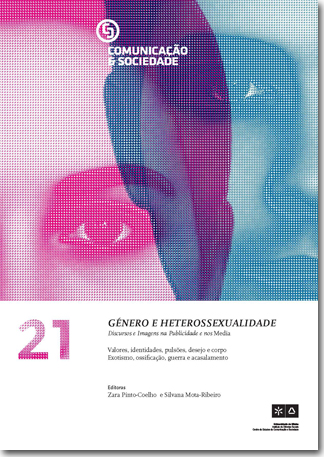Construções da imagem feminina na propaganda: para além do efeito persuasivo
DOI:
https://doi.org/10.17231/comsoc.21(2012).697Palavras-chave:
discourse analysis, morals, woman, advertisingResumo
This research has as theme the moral values evoked in the construction of the woman’s images in advertisements. It refers to a linguistics analysis based on the French discourse analysis of advertisements taken from the feminine magazine Claudia and from the masculine magazine Vip Exame. Its main objective is to facilitate teachers’ and other professionals’ linked to the akin areas methodological reflections concerning the reading of advertising texts as well as their reflections on the ethical character that involves woman as a main appeal in ads. The research hypothesis is that the advertisement — when it aggregates values that its creator sees as constitutive of the target public to whom it is directed and of whom the creator himself has an image — invades the ethics domain, meaning that it indeed builds values and produces images, interfering, therefore, in the society. The research methodology follows the qualitative approach. Based on Ducrot’s theory of Argumentative Semantics and on Authier-Revuz’s thesis of constitutive heterogeneity, one woman’s image was found recurrent: the woman as a consumption product. Through the verbal strategies of the crossing speeches and the sense transfer of some words, which, imbricated to the illustrations, produce unexpected meaning effects because they are evoked unconsciously, the advertising influences and is influenced by the morals, in a constant interchange of market values and those values associated to the woman’s image.Downloads
Não há dados estatísticos.
Downloads
Publicado
29-06-2012
Como Citar
Menezes, D. de. (2012). Construções da imagem feminina na propaganda: para além do efeito persuasivo. Comunicação E Sociedade, 21, 19–38. https://doi.org/10.17231/comsoc.21(2012).697
Edição
Secção
I. No masculino e no feminino: valores, identidades, pulsões, desejo e corpo
Licença
Os autores são titulares dos direitos de autor, concedendo à revista o direito de primeira publicação. O trabalho é licenciado com uma Licença Creative Commons - Atribuição 4.0 Internacional.












